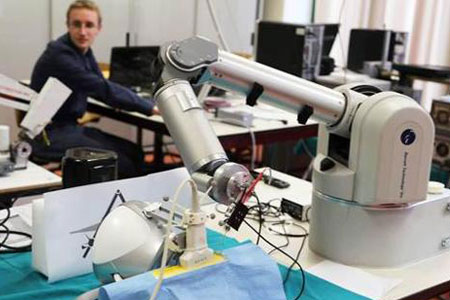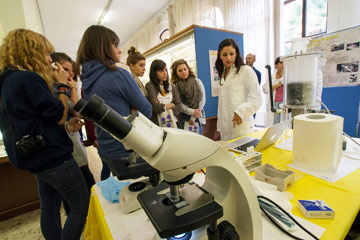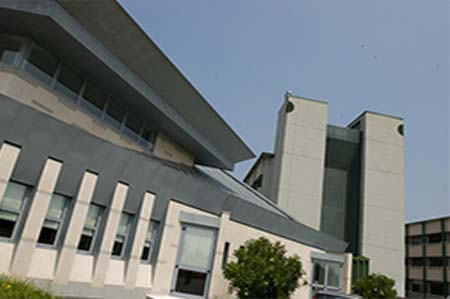- Dipartimento
- Ricerca

La ricerca in breve
Attività di ricerca
- Didattica

Corsi di Studio
Dottorati, Master e Formazione superiore
Servizi per la didattica
- Territorio e Società

Informazioni per il territorio
Servizi per il territorio
Riferimenti
- Persone
- contatti
-




